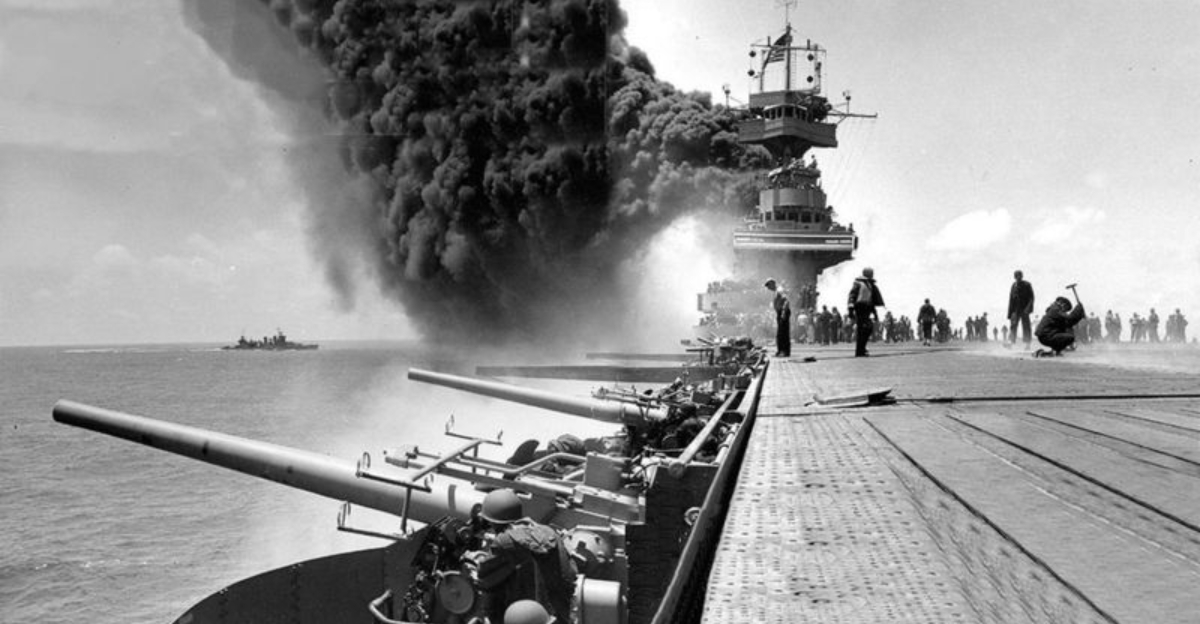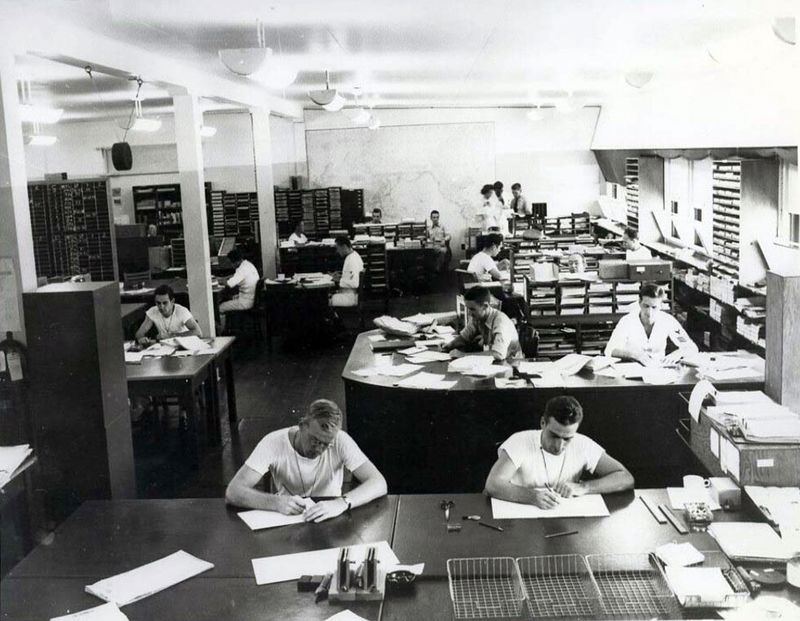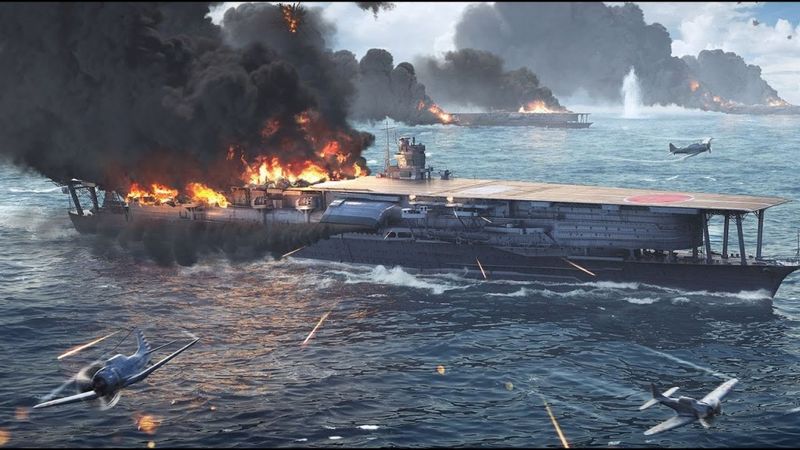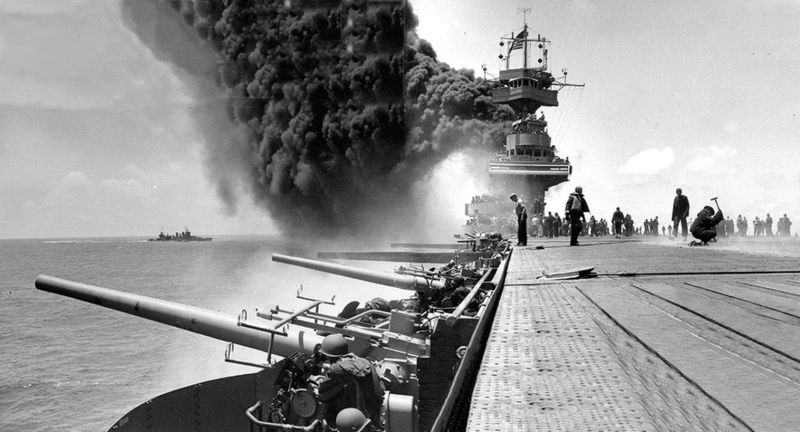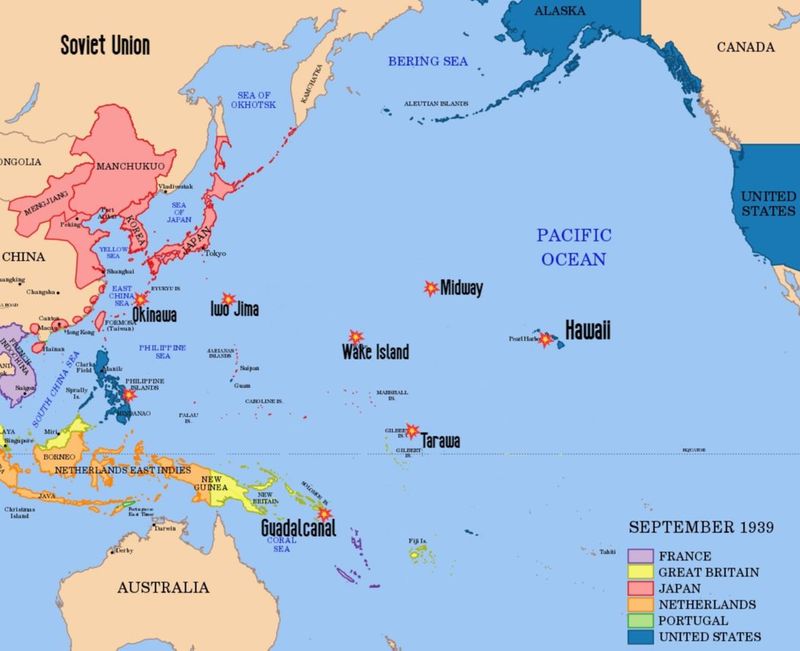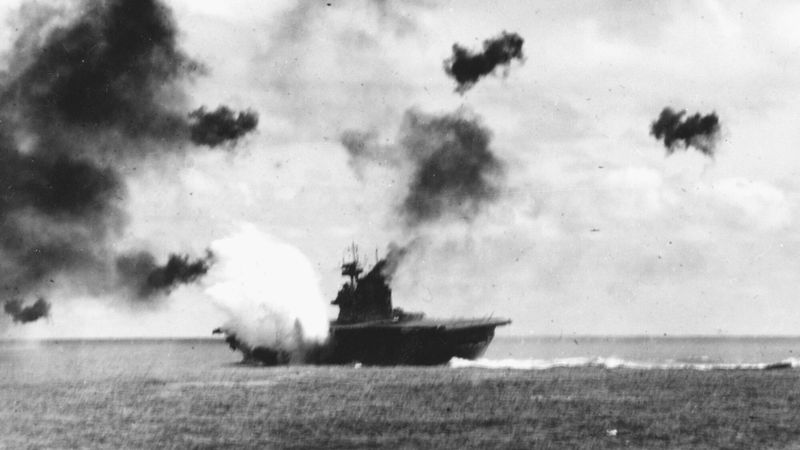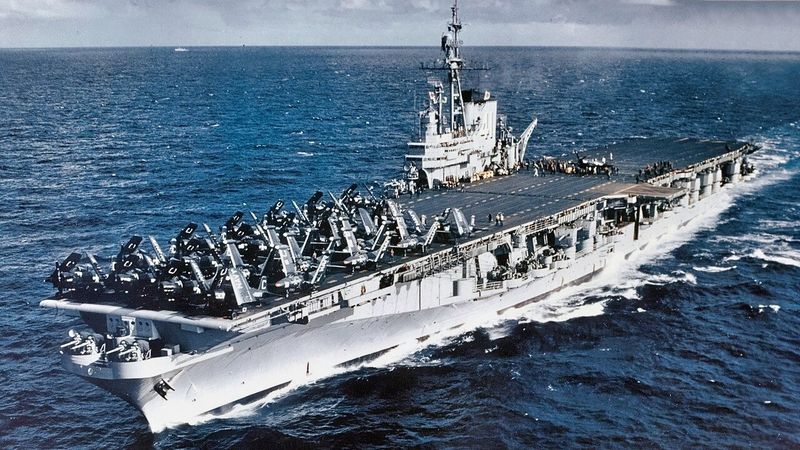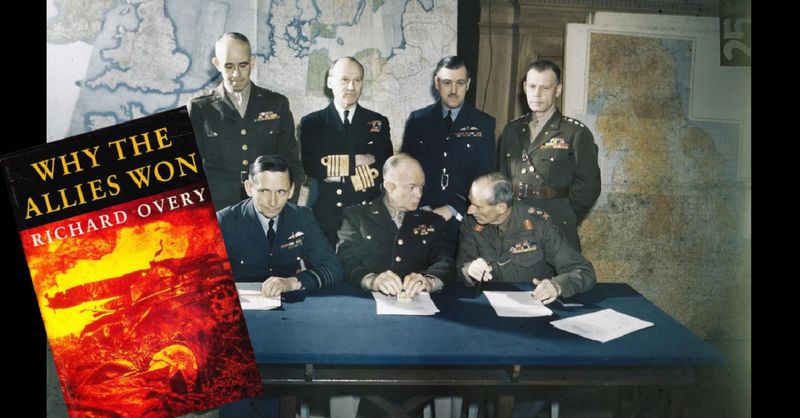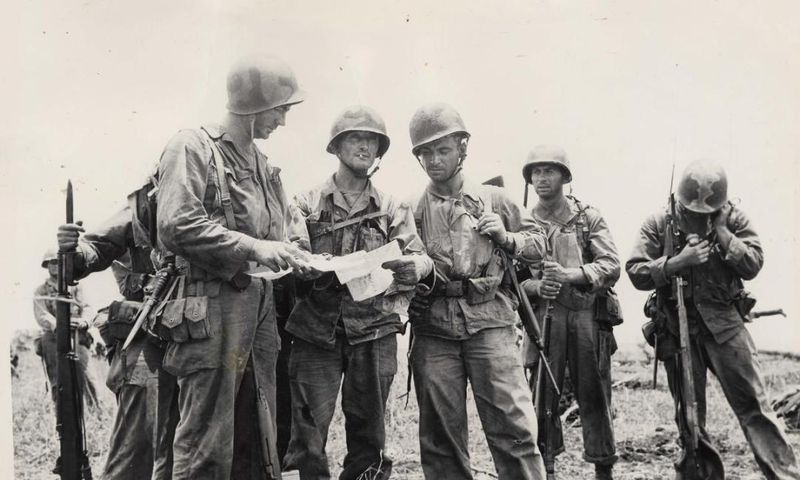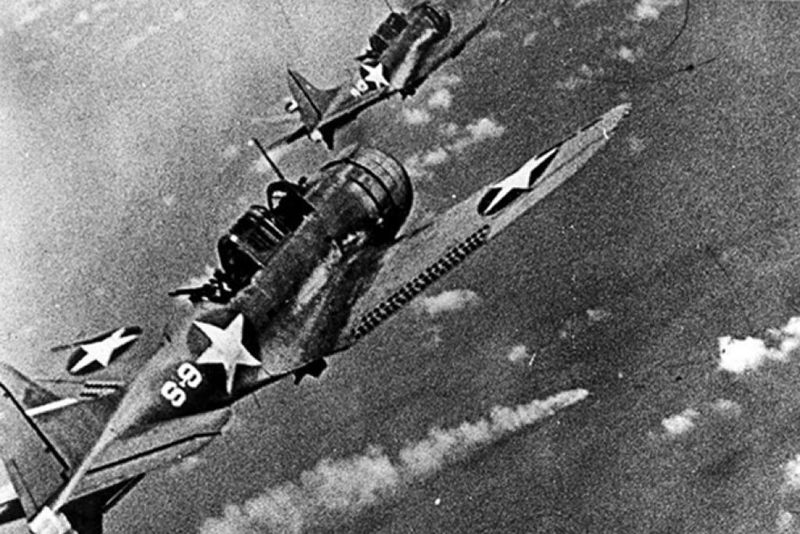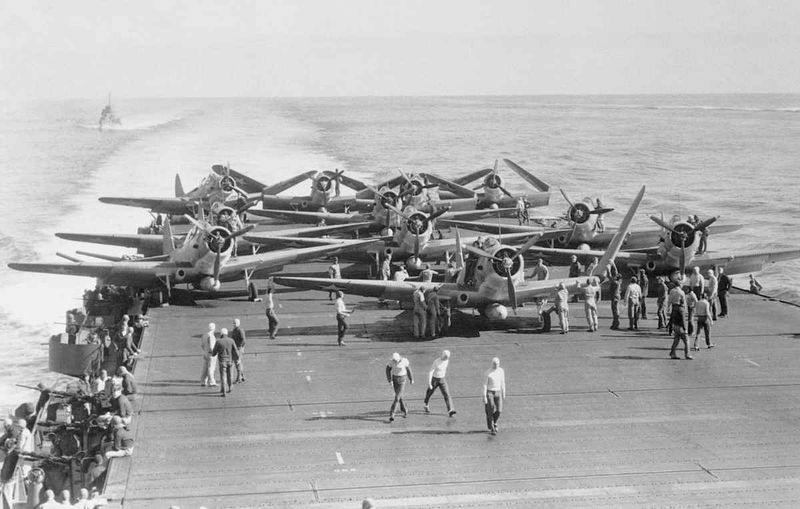The Battle of Midway, fought from June 4 to 7, 1942, was a pivotal encounter during World War II, marking a decisive turning point in the Pacific Theater. This historic clash saw the United States Navy, despite being outnumbered, deliver a resounding defeat to the Imperial Japanese Navy, altering the balance of naval power in the Pacific. Midway stands as a testament to the importance of intelligence, strategy, and bravery in warfare, influencing military tactics and doctrines for decades to come. Here are ten key aspects that underscore the significance of this monumental battle.
1. Japan’s Ambition vs. America’s Codebreakers
With ambitions of crippling the U.S. Pacific Fleet, Japan planned an audacious assault on Midway Atoll. However, American codebreakers, operating in clandestine conditions, deciphered Japanese communications, providing critical insights into their strategy. This allowed the U.S. Navy to prepare an ambush, transforming the element of surprise in their favor. The triumph of intelligence over brute force at Midway demonstrated the decisive role of cryptanalysis in modern warfare, shifting the strategic landscape. American cryptanalysts’ achievements were a testament to human ingenuity and perseverance, changing the course of the war and showcasing the power of information.
2. The Sinking of Four Japanese Aircraft Carriers
In a breathtaking display of tactical prowess, U.S. dive bombers executed a successful assault on the heart of Japan’s fleet. Within a matter of hours, they sunk four Japanese aircraft carriers: Akagi, Kaga, Soryu, and Hiryu. This devastating blow crippled Japan’s naval air power, altering the trajectory of the Pacific War. The loss of these carriers marked a pivotal moment, diminishing Japan’s ability to project air superiority. Through courage and precision, the U.S. forces turned the tide, showcasing the changing nature of naval warfare centered around air capabilities rather than battleship dominance.
3. The Loss of Experienced Japanese Pilots
The aftermath of Midway left Japan grappling with the irreplaceable loss of seasoned pilots, a blow to their air superiority. Japan’s aviation strength was built on the expertise of these experienced aviators, whose absence was keenly felt in subsequent engagements. Unlike the U.S., which could replenish its ranks, Japan struggled to replace their elite pilots, hampering long-term effectiveness. This loss was a critical factor in Japan’s subsequent challenges in maintaining air dominance. The battle’s true cost was not just in vessels sunk but in the erosion of Japan’s skilled air force personnel, impacting their strategic capabilities.
4. The U.S. Shift from Defense to Offense
Midway was not just a defensive triumph; it marked a strategic pivot for the United States. With newfound momentum, the U.S. transitioned from a defensive stance to an aggressive campaign known as island-hopping. This strategy involved capturing key islands, gradually encroaching upon Japanese territory. The shift signaled a change in the Pacific theater’s dynamics, setting Japan on a path towards eventual defeat. Midway was the catalyst for this bold strategy, demonstrating the U.S. military’s adaptability and foresight. The island-hopping campaign proved effective and became a cornerstone of the Allied victory strategy.
5. The Beginning of the End for Imperial Japan
Midway marked the zenith of Japan’s expansionist ambitions, transitioning them into a defensive posture. The battle’s conclusion signaled an end to Japan’s major offensives, as the tide turned inexorably against the Empire. Despite initial successes, Japan now faced a resurgent U.S. military, determined to reclaim the Pacific. The defeat at Midway was more than a tactical setback; it was a psychological blow that heralded the decline of Imperial Japan. This turning point in history underscored the vulnerability of aggressive expansion, as Japan’s path shifted from conquest to defense.
6. The Rise of Aircraft Carriers as Key Naval Weapons
The Battle of Midway underscored the strategic shift in naval warfare, highlighting aircraft carriers’ preeminence over battleships. The battle demonstrated that naval air power, projected from carriers, was the future of maritime dominance. Carriers became pivotal in projecting force across vast distances, revolutionizing naval engagements. Midway’s lessons were clear: control of the skies dictated control of the sea. This realization spurred naval innovation, as aircraft carriers became the linchpin of future fleet compositions. The battle’s legacy is evident in today’s navies, where carriers remain at the heart of strategic naval power and global influence.
7. The Impact on Allied Morale
For the Allies, Midway was a beacon of hope after a series of setbacks. The victory invigorated Allied morale, providing a much-needed psychological uplift. It demonstrated that the tide of war could be turned with determination and strategic acumen. The triumph at Midway resonated beyond military circles, inspiring nations fighting against Axis powers. It was a testament to resilience, encouraging further efforts in the Pacific and other theaters. As news of the victory spread, it galvanized support and bolstered confidence, proving that the seemingly invincible could be defeated, and the path to victory was attainable.
8. How Midway Shaped Post-War Military Strategy
The tactical and strategic insights gained from Midway had far-reaching impacts on post-war military thought. The battle highlighted the importance of intelligence, air power, and adaptable strategies, informing Cold War naval doctrine. Midway’s lessons were evident in subsequent military engagements, where intelligence became a cornerstone of planning. The battle’s influence extended into the development of modern carrier strike groups and the emphasis on air superiority. Midway reshaped military doctrines, proving the value of innovation and adaptability in warfare, and leaving a lasting legacy on how nations prepared for future conflicts.
9. The Role of Luck and Heroism
The Battle of Midway was a tapestry of strategic brilliance interwoven with moments of chance and heroism. From missed opportunities by Japanese scouts to the audacious bravery of U.S. pilots, fortune favored the bold. These elements played an integral role in shaping the battle’s outcome. The heroism displayed by the American forces, often in dire circumstances, was pivotal. Pilots took extraordinary risks, navigating perilous skies to strike the enemy. Their courage, coupled with favorable luck, turned the tide, illustrating that even in meticulously planned operations, unpredictability and valor are decisive factors in victory.
10. Why Midway Still Matters Today
Decades after the last shot was fired, the Battle of Midway remains a vital study in military academies worldwide. Its lessons on strategy, intelligence, and the perils of overconfidence are timeless. Midway serves as a blueprint for understanding the complexities of warfare in an age of technological advancement. The battle’s enduring relevance lies in its demonstration of how underestimating an opponent can lead to unforeseen consequences. For military strategists and historians, Midway is more than a historical milestone; it’s a case study in the art of war, reminding future generations of the intricacies and unpredictability of conflict.
